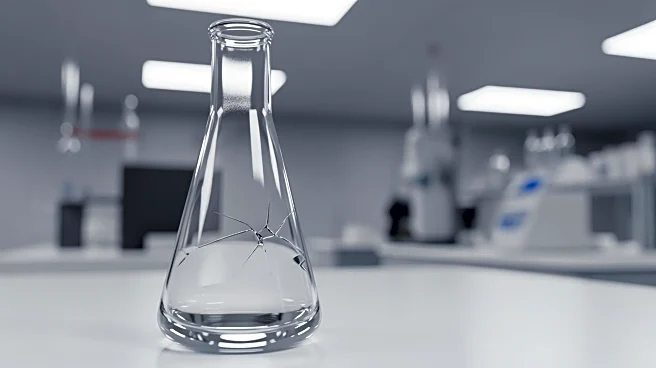What's Happening?
The latest edition of the Pharmaceutical Manufacturing eBook, compiled by News Medical, provides a comprehensive overview of the current landscape in pharmaceutical manufacturing. This edition includes
a collection of top articles, interviews, and industry insights from the past year. Key topics covered in the eBook include innovations in aseptic processing for sterile manufacturing, supply chain challenges affecting ADHD medications, and the rise of Contract Development and Manufacturing Organizations (CDMOs) in a volatile market. Additionally, the eBook explores new manufacturing methods, regulatory trends, and advanced testing tools, offering valuable insights for professionals in research, production, and regulation.
Why It's Important?
The pharmaceutical manufacturing industry is crucial for the development, production, and delivery of medicines, impacting global health significantly. Innovations in manufacturing processes, such as aseptic processing, are essential for ensuring the safety and efficacy of sterile products. The challenges in the supply chain, particularly for ADHD medications, highlight the need for robust systems to ensure consistent drug availability. The rise of CDMOs reflects a shift towards outsourcing in the industry, which can lead to increased efficiency and cost-effectiveness. Understanding these trends and challenges is vital for stakeholders to navigate the evolving pharmaceutical landscape effectively.
What's Next?
As the pharmaceutical industry continues to evolve, stakeholders can expect further advancements in manufacturing technologies and regulatory frameworks. The focus on aseptic processing and supply chain resilience will likely intensify, with companies investing in innovative solutions to address these areas. The role of CDMOs is expected to expand, offering more opportunities for collaboration and outsourcing. Industry professionals will need to stay informed about these developments to adapt and thrive in a competitive market. Ongoing research and dialogue among industry leaders will be crucial in shaping the future of pharmaceutical manufacturing.












